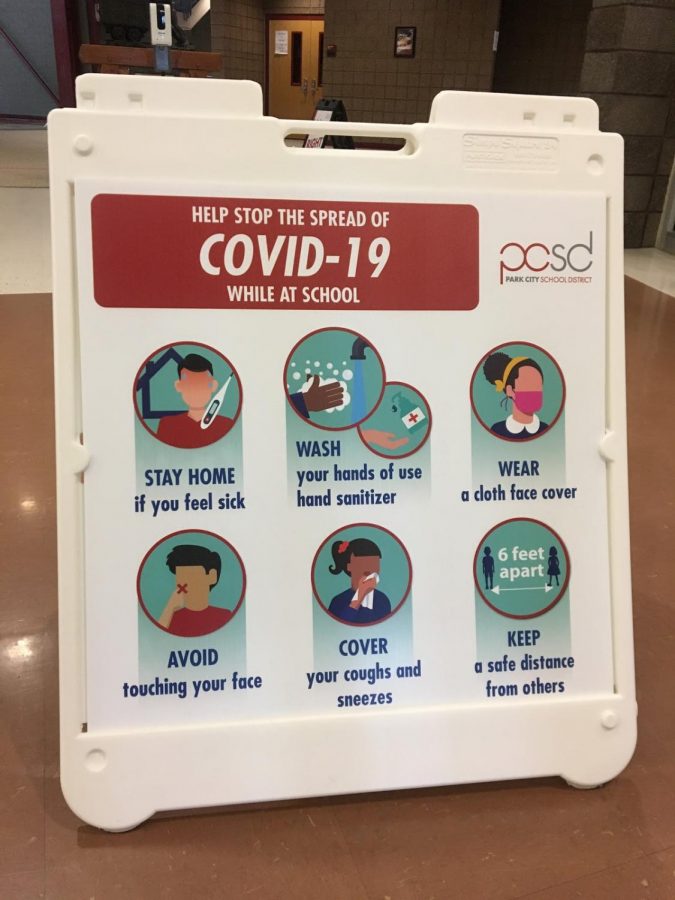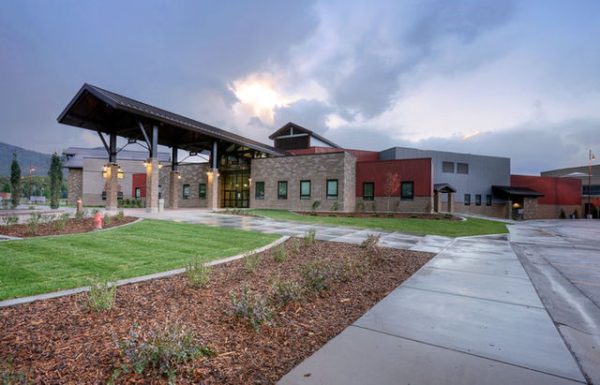The Reality of Quarantine
The number of Park City High School students in quarantine has been increasing steadily. As of Monday, September 28, the total is close to 180 students, or approximately fifteen percent of the student body. This includes mandated quarantine as well as voluntary quarantine for sports teams and other reasons. For those who are quarantined, they miss more than just classes.
In an effort to prevent the spread of COVID-19, any Park City student who has been within six feet of a positive COVID-19 case for more than fifteen minutes must be quarantined for two weeks. They cannot attend school, or any school-related activities.
“I was pretty upset,” said Senior Hannah Kreig, who was unable to attend her soccer senior night because she was placed in quarantine.
Krieg added that she also “missed homecoming senior night football game which [she] was looking forward to.”
“I was kinda frustrated at first, but I knew it was going to be the right thing to do. I didn’t want anyone else to get sick,” said Senior Shay Simmons, who was also quarantined.
Simmons missed her volleyball senior night.
“My parents, they got me some balloons and a cake, and it was really nice, it just wasn’t the same.”
Quarantine slows the spread of coronavirus by keeping potentially infected people separated from others.
The rules for student quarantine were developed at many different government levels. The most general guidelines for school during the pandemic were made by the Centers for Disease Control and Prevention, which is a federal agency. The guidelines for the state of Utah were made by the governor’s office, the Utah Department of Health, and the Utah State Board of Education.
According to Carolyn Rose, the Nursing Director for Summit County, who has a masters degree in public health, the state’s instructions are “more guidelines than they are rules, so it’s not a legal document.”
“It’s very effective,” Rose said about quarantine. “The incubation period for COVID, as of what we know right now, is anywhere from two to fourteen days. So that’s why the recommendations from Centers for Disease Control are to keep people in quarantine who have been in close contact with a positive case for fourteen days.”
The Summit County Health Department is advocating for students for quarantined students to be responsible during their two weeks of separation.
Most students “can handle [coronavirus] pretty well. Someone who already has medical issues cannot usually handle it as well, their body is not equipped to do that, and so they can become sicker and end up being in the hospital and causing death,” said Rose.
There are many things students can do to slow the spread of coronavirus and limit student quarantines. “If anyone is sick, even with just the sniffles, they really need to stay at home. Don’t go to school, don’t go to work, don’t play sports, don’t go out with your friends,” instructed Rose.
Students can also help by being careful to wear masks. Masks help keep respiratory droplets that are carrying the virus from transferring to another person through breathing.
Understanding the reasons for quarantine does not necessarily make the experience any easier. Kreig missed two other big soccer games in addition to her senior night, and said, “I just miss being with people.”
Simmons described quarantine as “super boring,” and stated that she found it “really hard to keep up with school.” She added that, “I kind of just miss talking to my teachers, as weird as that sounds.”
As frustrating as quarantine can be for many students, others can still find a way to support them.
Krieg noted that “my friends and my teammates and my coaches have been supportive.”
Simmons said that her teammates “facetimed me during the senior night celebration which was kinda funny. They brought over the balloons and decorations that they had for all the seniors, so that was really nice.”






